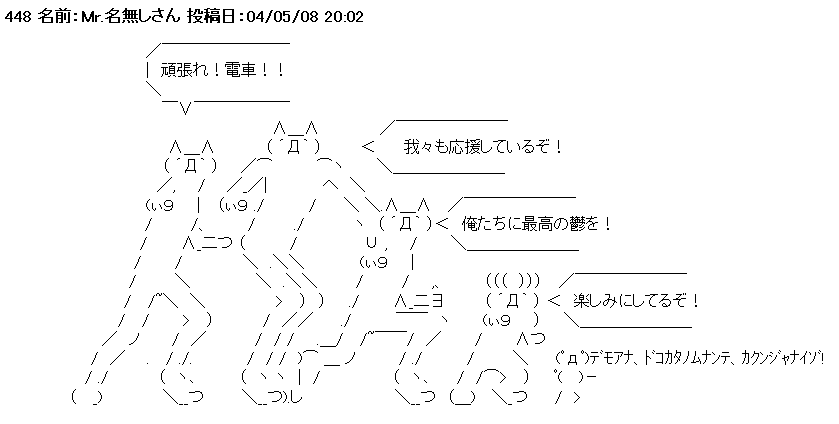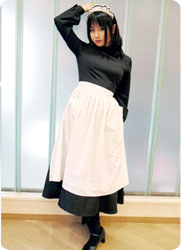This is a question I hear often and one that I had myself at one point.
What is the difference between the potential form and 「~ことができる」?
As you know, the potential form is a relative straight-forward verb conjugation indicating that one is able to do that verb. The only strange exception is 「する」 which becomes 「できる」, a completely different verb to indicate “one is able to do”.
The situation gets a little bit murkier when you normalize a verb with a generic event 「こと」 and use 「できる」 instead of just using the potential form. Ultimately, it seems like there’s two methods of expressing the potential. (Don’t complain, Chinese has… oh I don’t even know how many, there’s too many to count.)
The natural question for any learner of Japanese would be, “What’s the difference and when do I use one instead of the other?” Indeed, an excellent question! What’s even more confusing is when the original verb is 「する」 therefore becoming 「することができる」. Hey, isn’t that redundant??
It’s longer
The first and easy answer is, the 「~ことができる」 version is longer. Ha ha, aren’t you glad I’m here to clear everything up for you? Seriously though, the fact that you have another particle in there allows a lot more flexibility. Nobody says you have to use 「が」, that’s just a sentence pattern simplification.
Saburooさん, author of the 現代日本語文法概説, has some very excellent examples.
読むことしかできない – Can only read it.
読めしかしない – ????
Semantic Differences
Besides the obvious grammatical differences, what the original question is really asking is whether there’s any differences in meaning and usage. I would say the differences in nuance is so subtle, it’s debatable whether discussing them would even help learners of Japanese. The short answer is they are pretty much interchangeable and you can stop reading here.
For the rest of you who like to torture yourselves like me, let’s think about it for a second. 「~ことができる」 uses a generic event 「こと」 and a generic verb 「できる」 to say that the event is able to be done. Doesn’t it sound a bit… generic? In fact, I think using 「~ことができる」 makes it sound more like a general statement about feasibility.
電車で行けますか? – Can you go by train?
電車で行くことができますか? – Is it possible to go by train?
You can take this idea further to talk about general rules and policies.
タバコを吸うことはできますか? – Is smoking allowed (for anybody)?
タバコを吸ってもいいですか?- Is it ok to smoke? (I want to smoke.)
タバコは、吸えますか? – Able to smoke? (Are you asking if I can smoke? Otherwise, why are you asking me if you can smoke?)
In a similar vein, you can see examples of when you might want to use 「することができる」. It can sound a bit more formal since it addresses a larger audience than you personally. In fact, companies might decide to substitute even more former-sounding words such as 「可能」 in the place of 「できる」. You can’t do this with the regular potential form.
インターネットで登録することができます。- It is possible to register on the internet.
インターネットで登録することが可能です。- It is possible to register on the internet.
インターネットで登録できます。- You can register on the internet.
Conclusion
This is an example where not worrying about every little detail and just getting a lot of input might be the better approach. However, I think it is worth the time to examine what words are being used and what they mean by themselves (in this case 「こと」 and 「できる」).
I hope this short explanation can at least give you a general idea of the slight difference between the potential form and 「~ことができる」. As I mentioned, they are very similar and often interchangeable. My final suggestion is to keep things as simple as possible. For instance, don’t say 「することができる」 if you can help it. Why make things more complex than they need to be?


